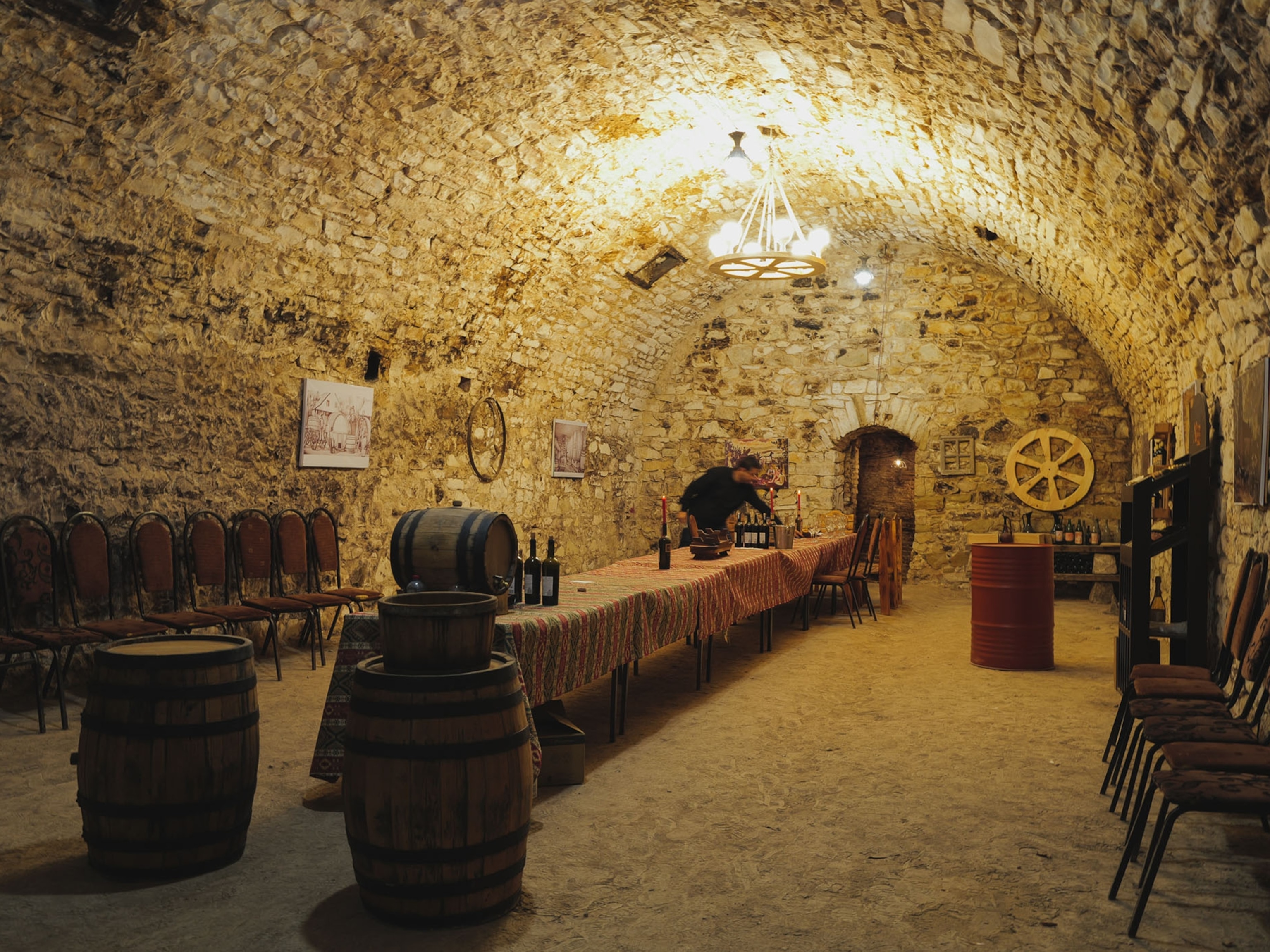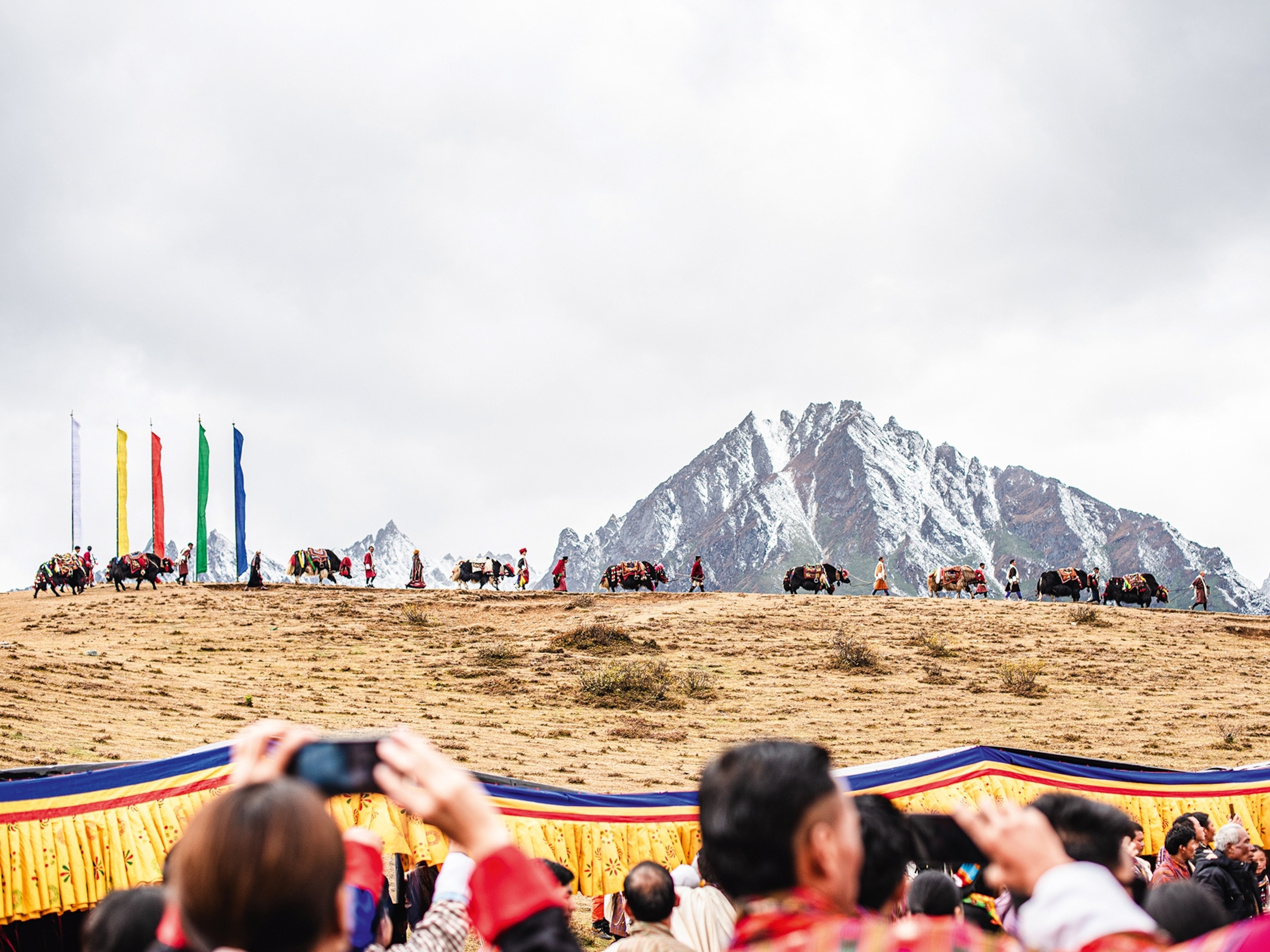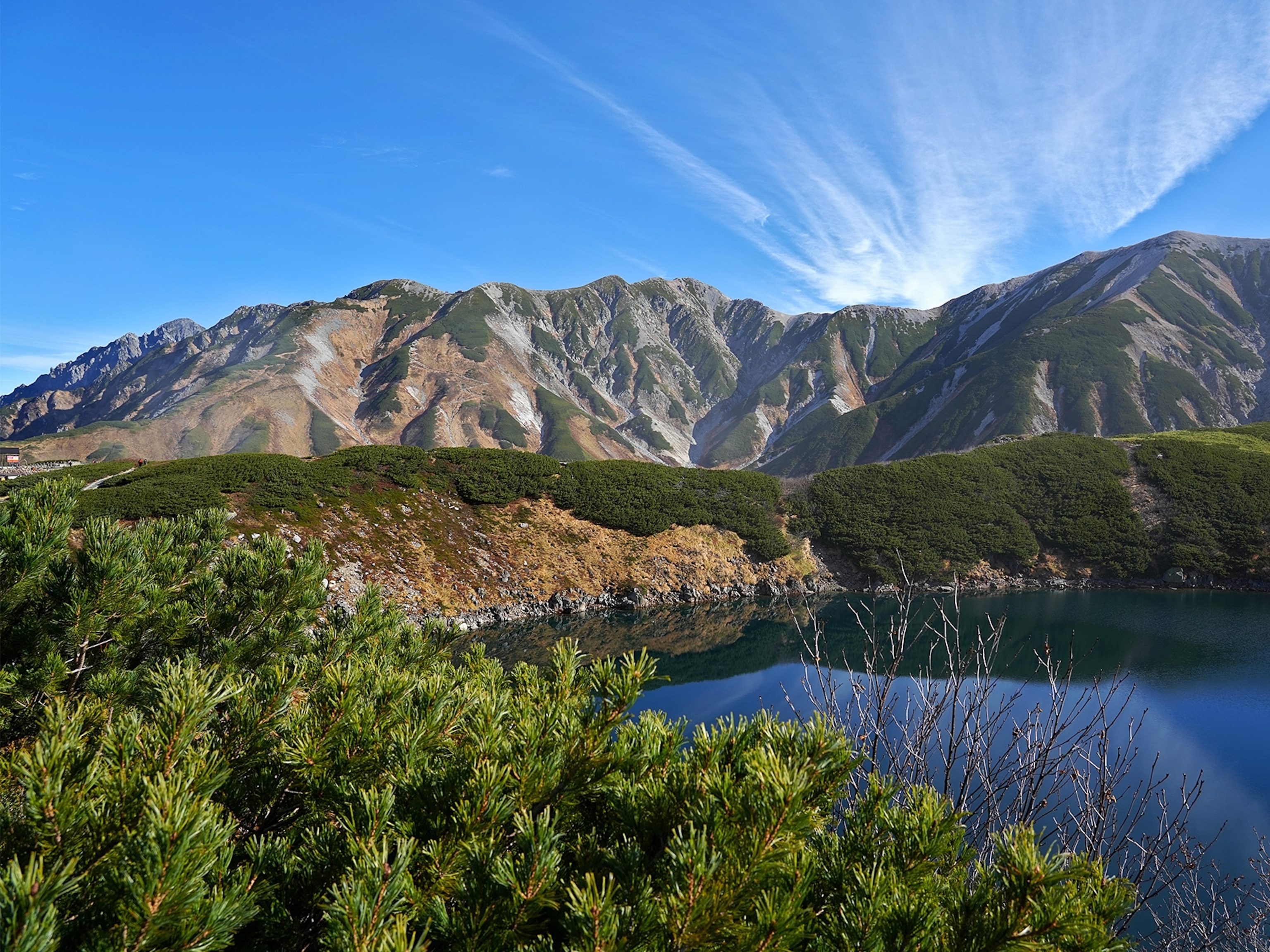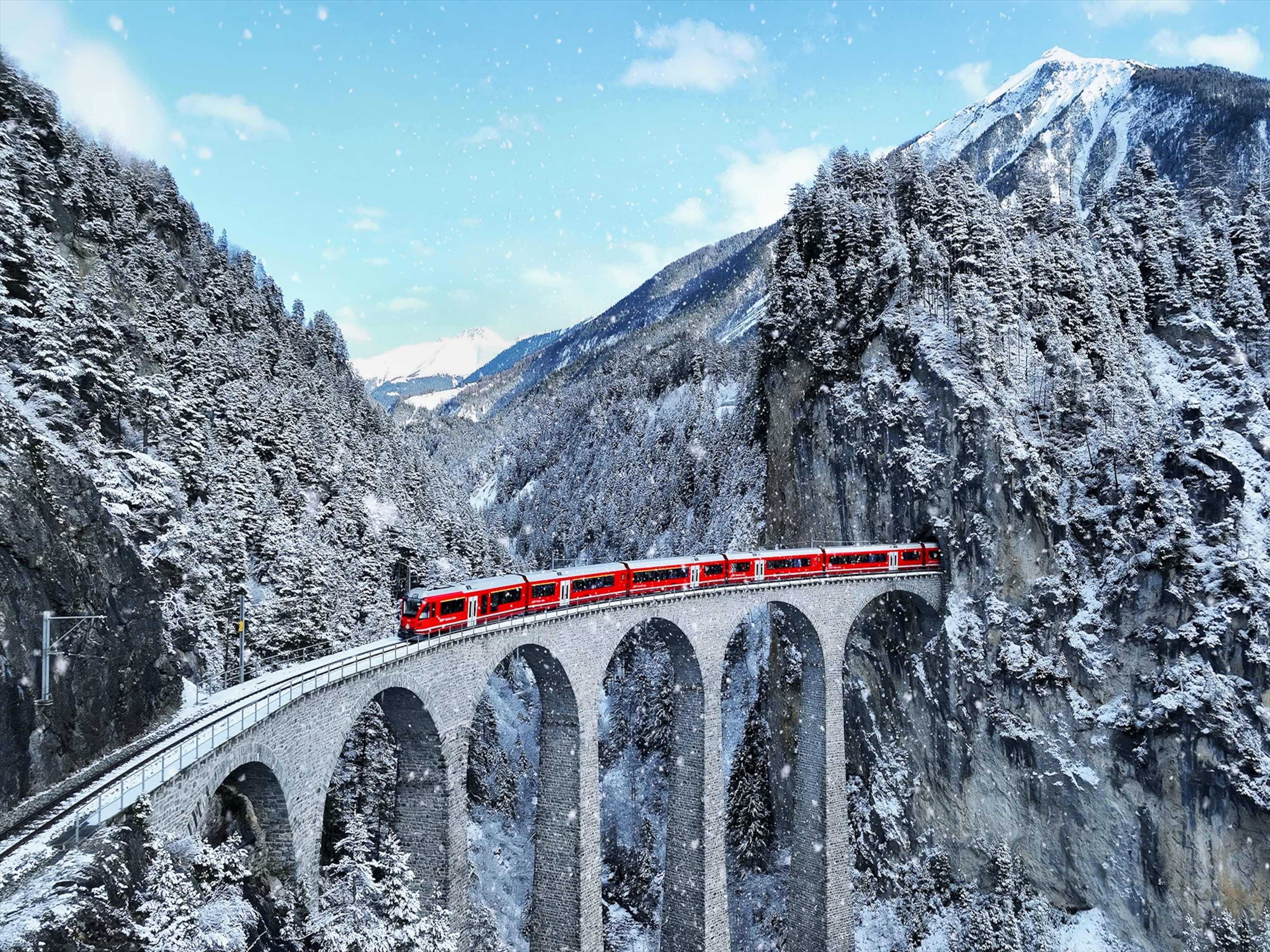A photographer’s journey to Azerbaijan’s most remote village
High in the Greater Caucasus, secluded Khinalig has been inhabited for thousands of years. These photographs shine a light on the locals, their historic culture, and the adventure-inspiring terrain that surrounds them.
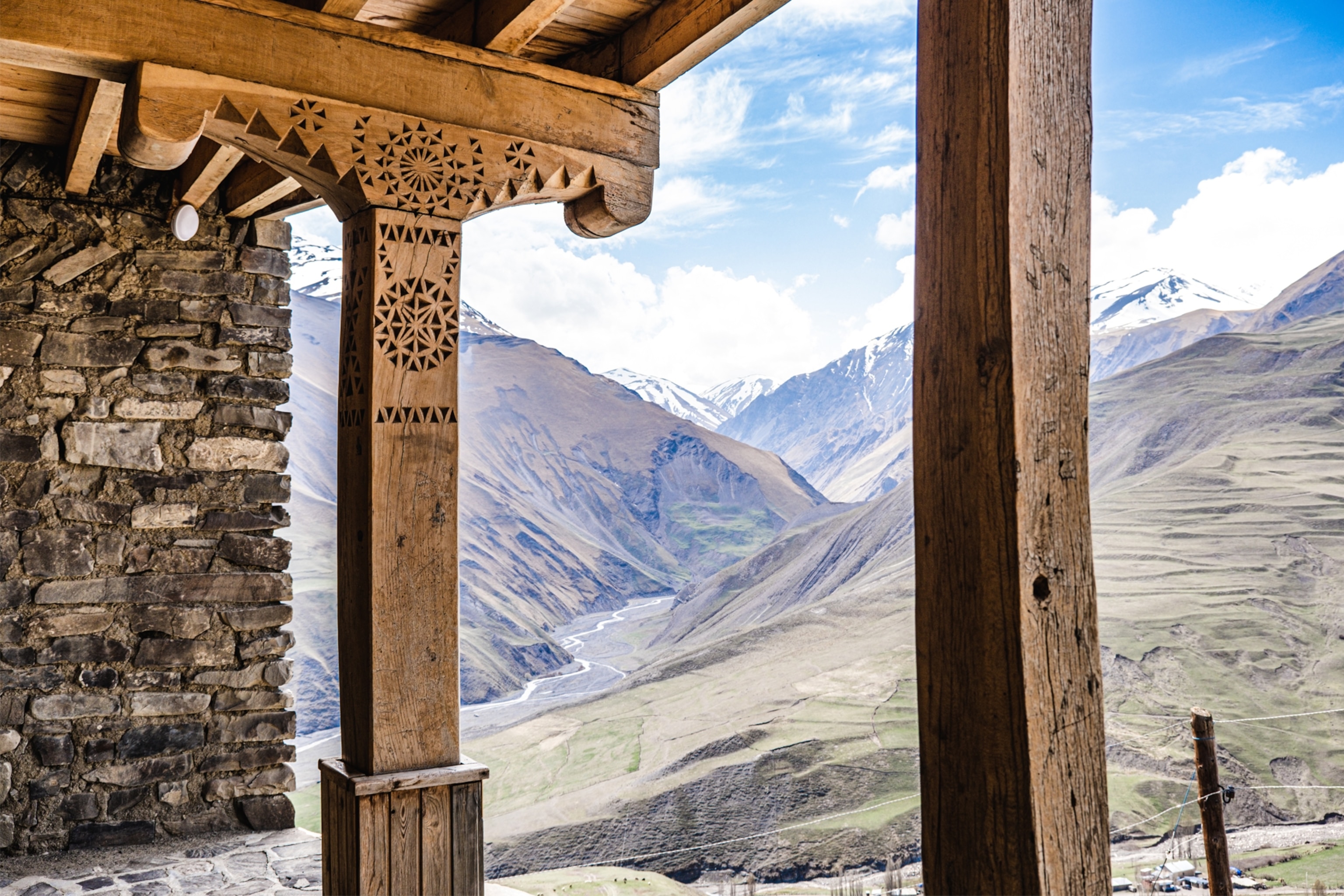
Perched just over 7,200ft above sea level, Khinalig is one of the loftiest and most remote settlements in the Greater Caucasus. Despite the harsh climate and scarce resources of the Shahdag Mountains, people have resided in the village since the Bronze Age. Its inhabitants — a minority ethnic group who speak a unique language known as Khinalug — have been practising transhumance for centuries. This involves moving livestock to lowlands in winter and highlands in summer, in search of grazing ground.
The culture of the Khinalig people and the ‘Köç yolu' transhumance route (seasonal migration route), which the locals and their livestock follow in pursuit of green grass, has been filed to World Heritage Committee for inclusion in UNESCO's World Heritage List. The result of this will be made known in September 2023, during the 45th session of the World Heritage Committee.
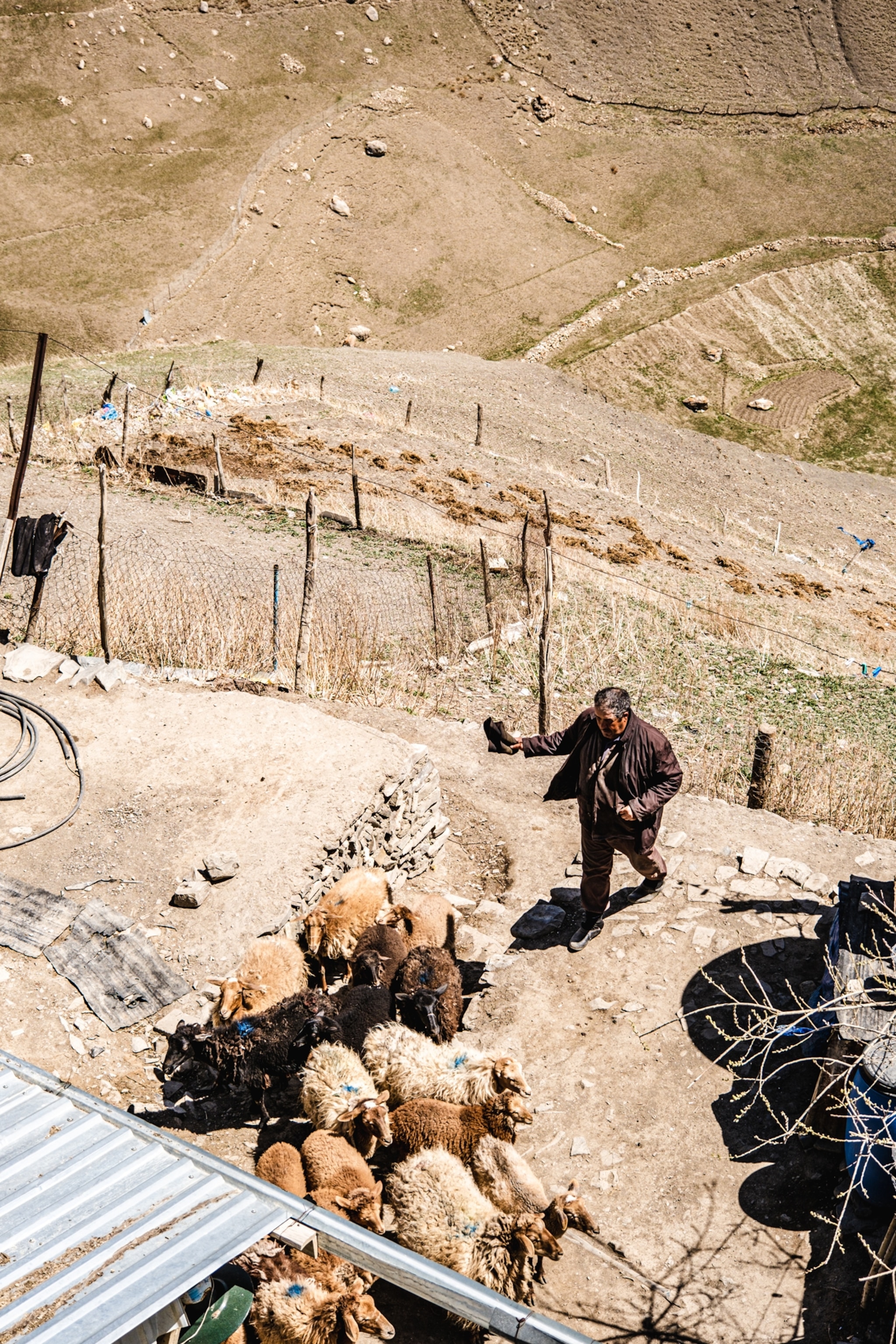
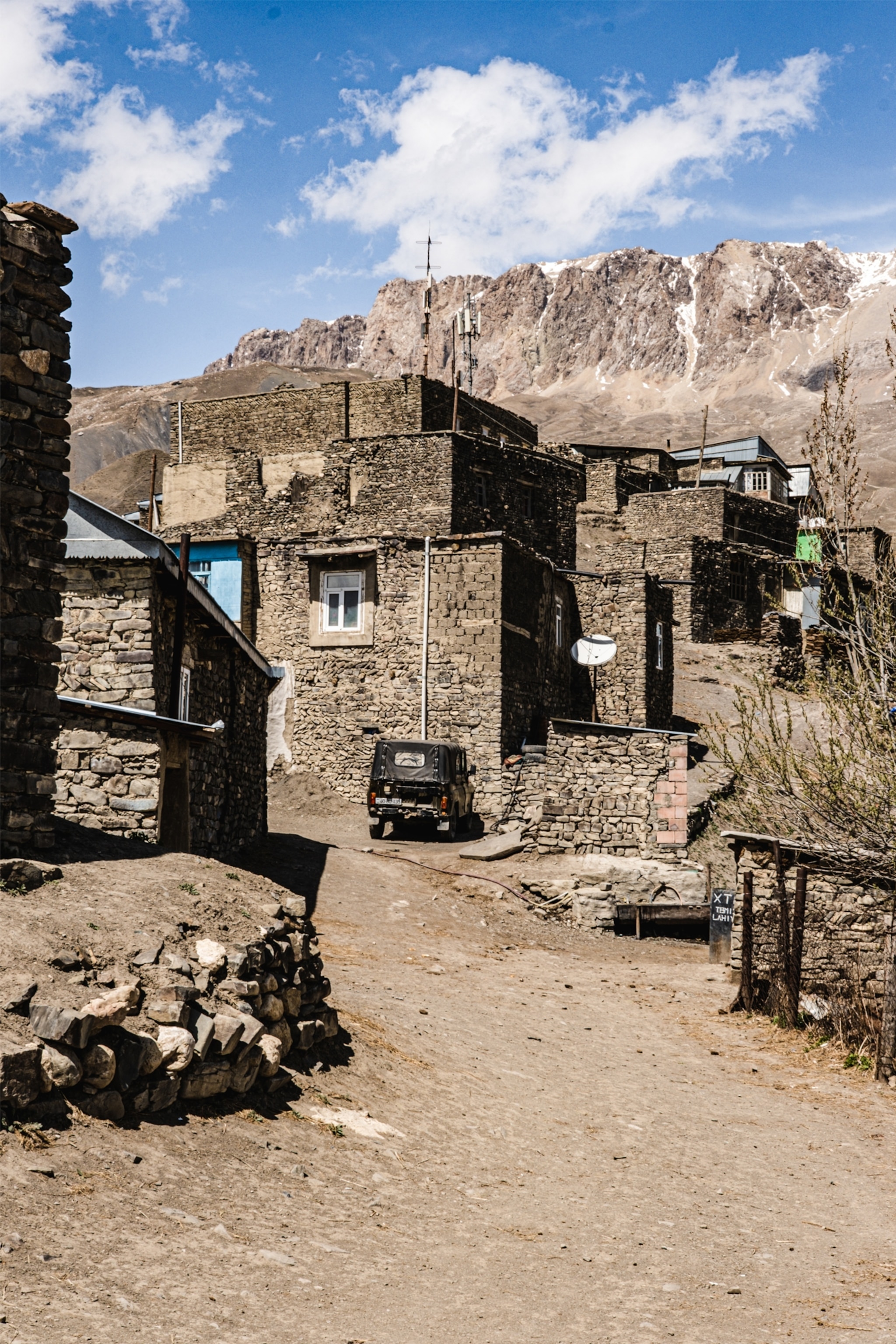
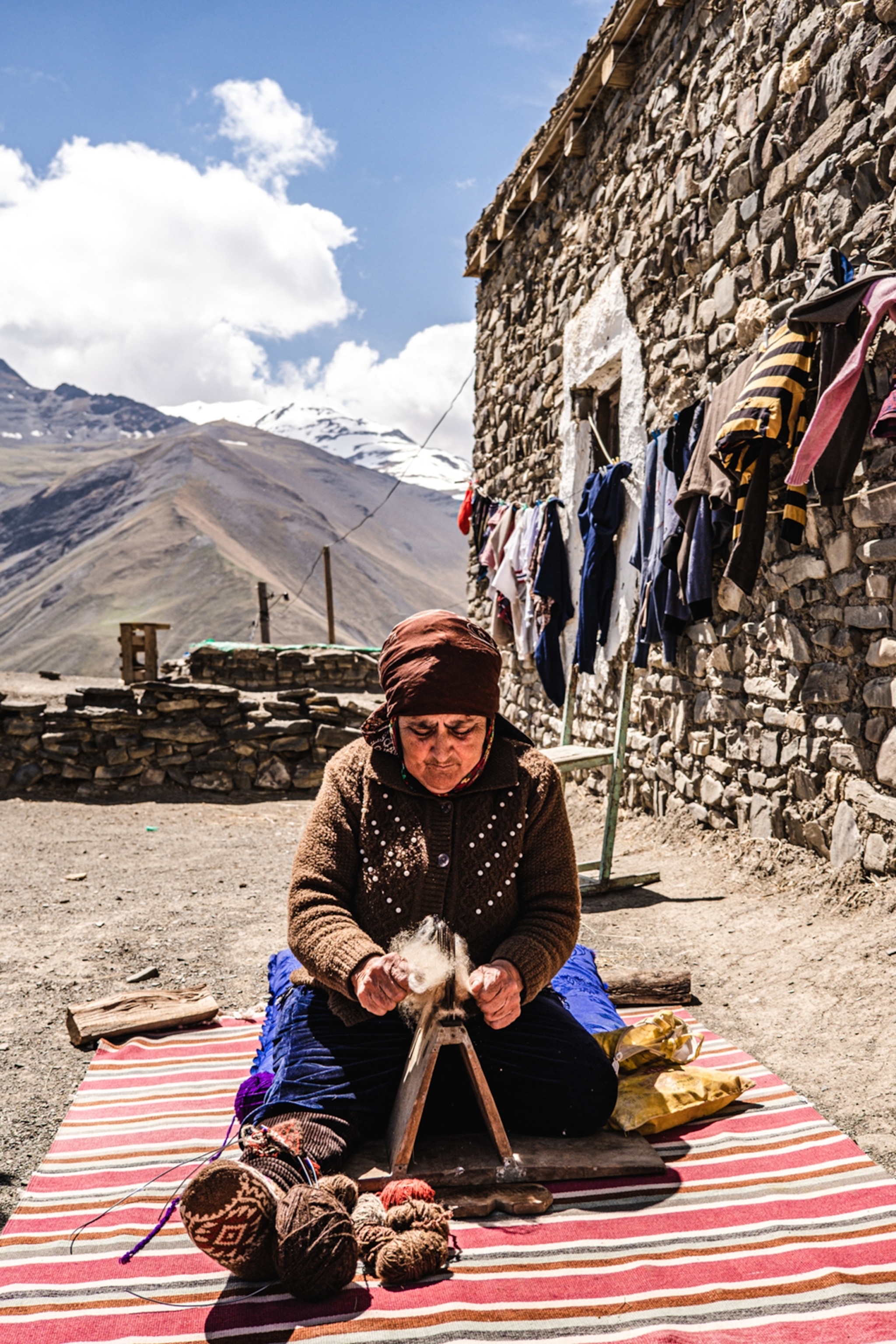
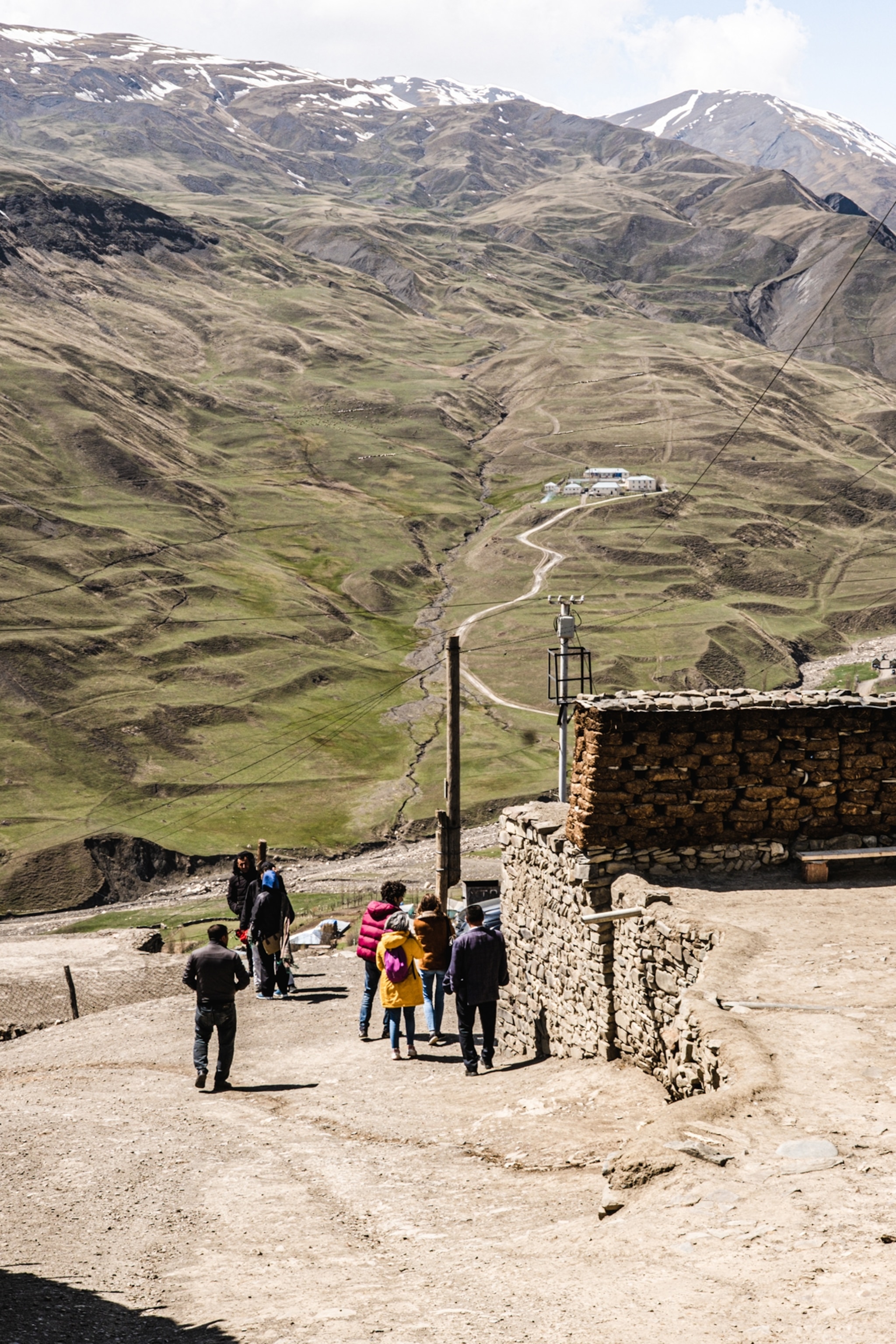
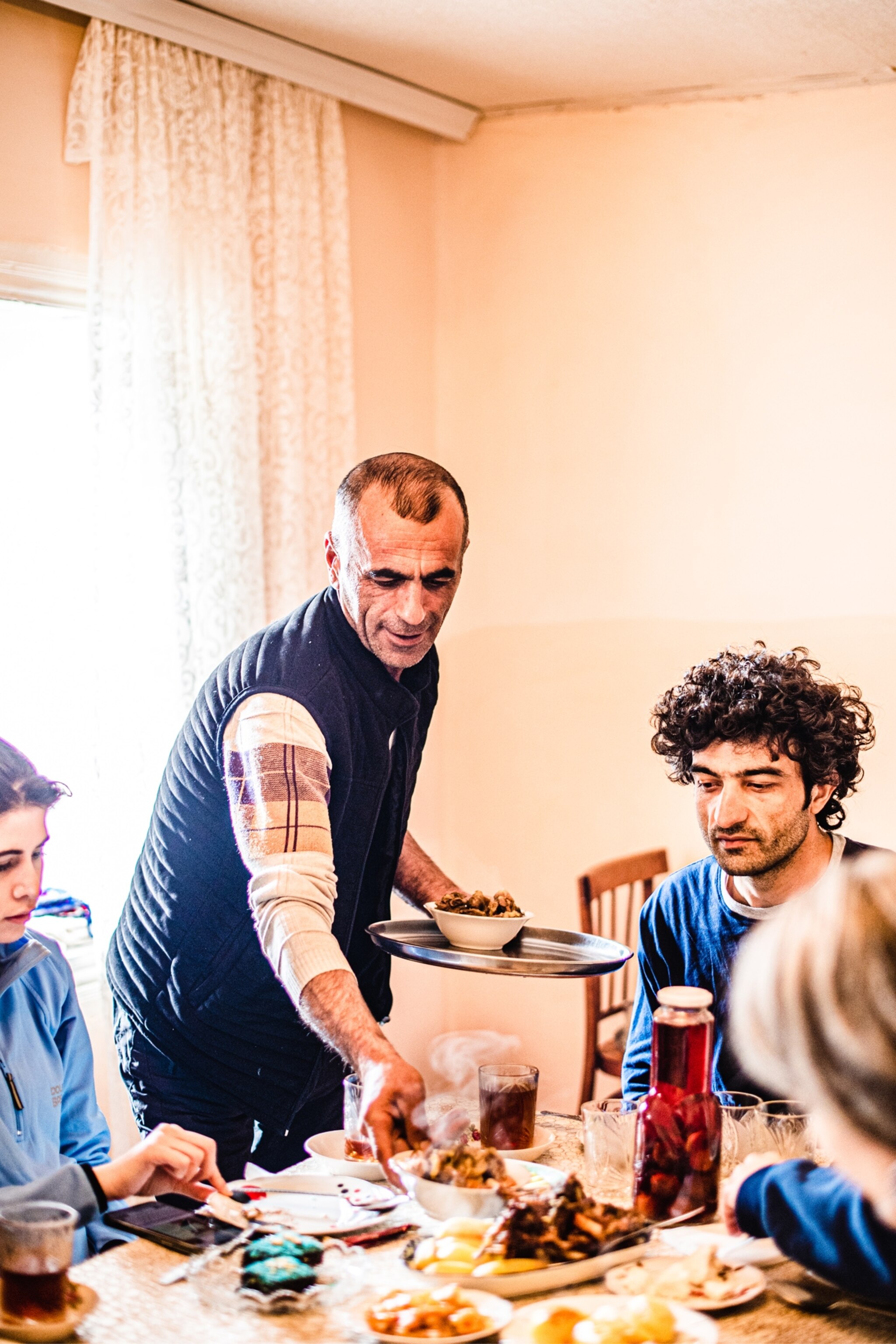

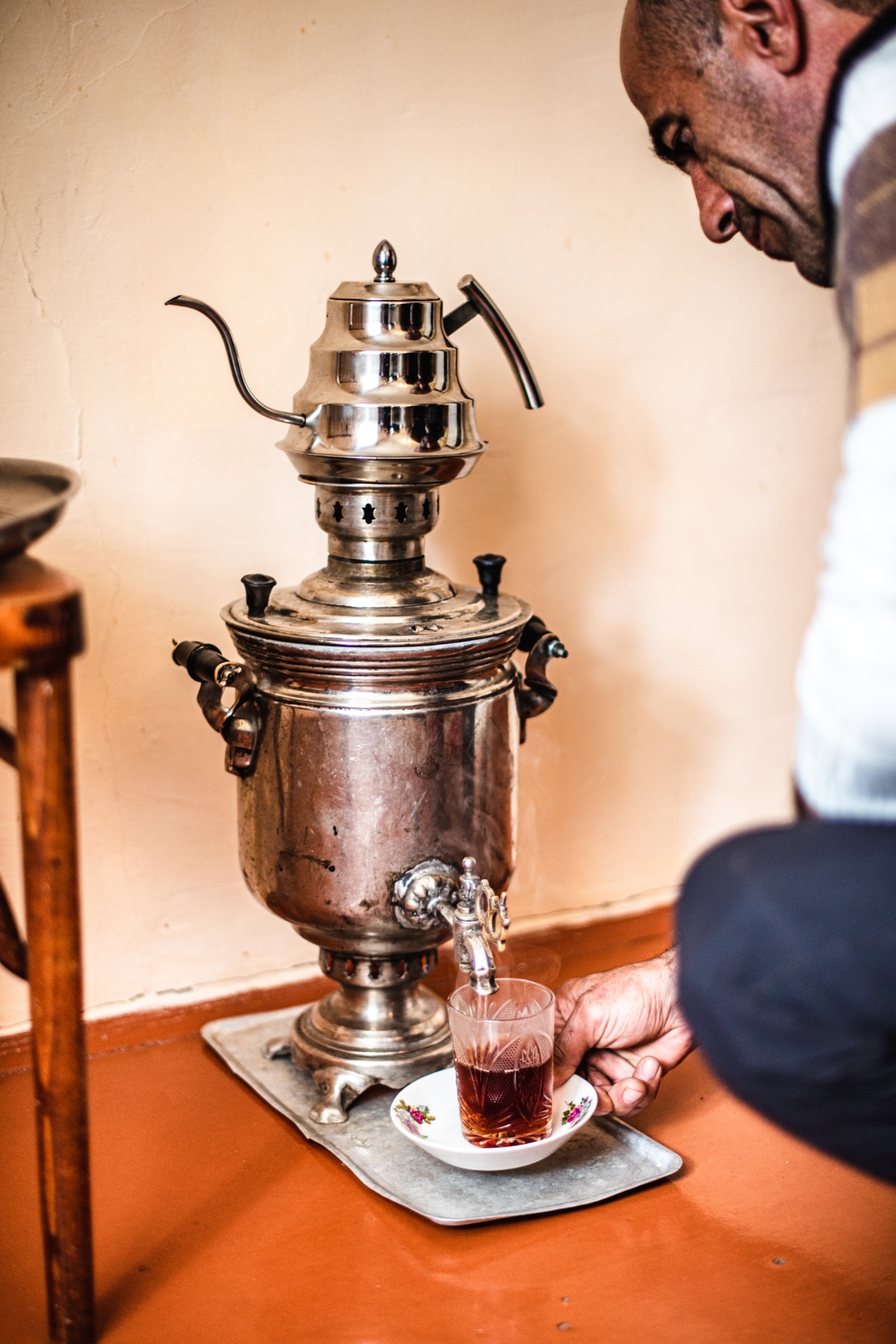
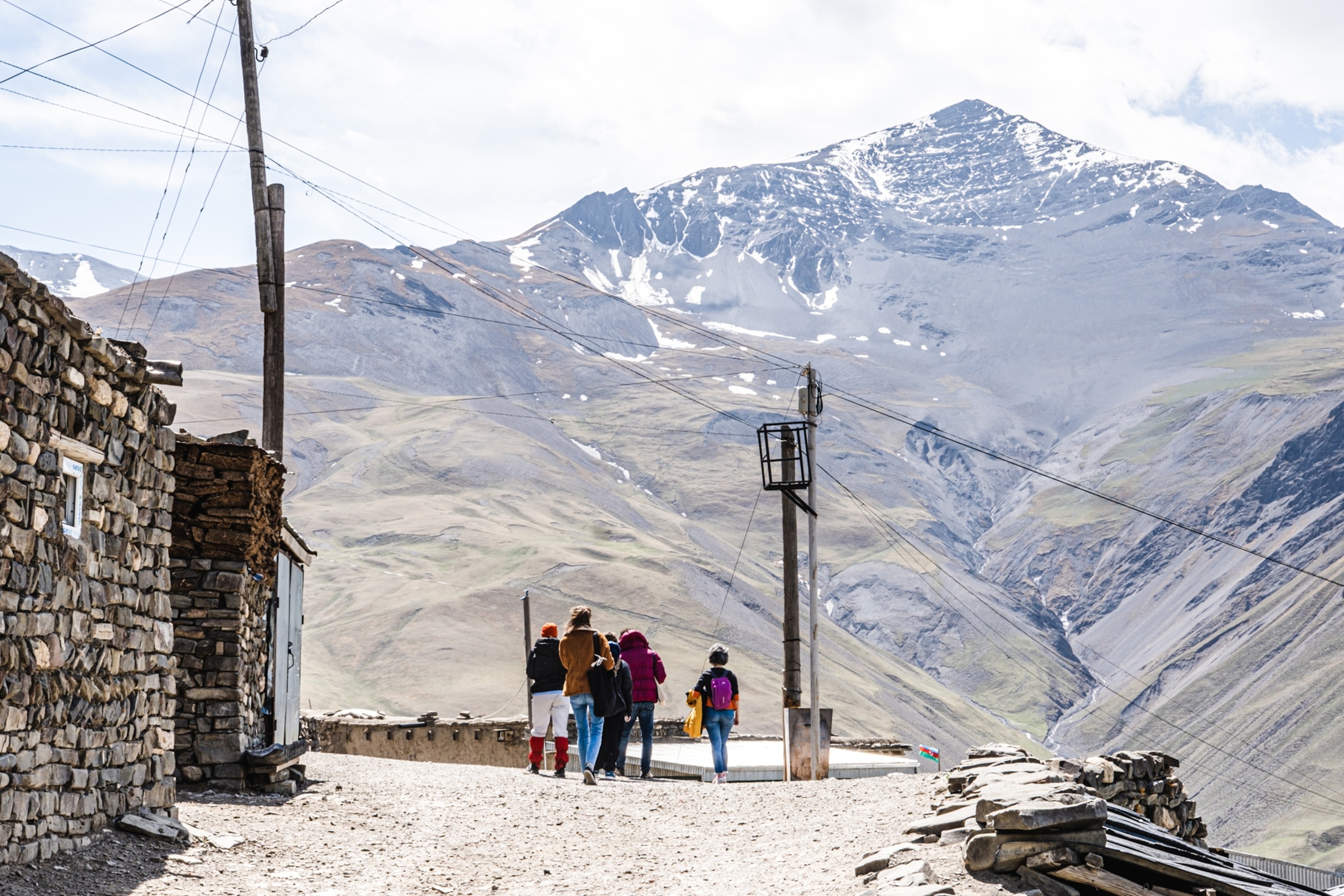
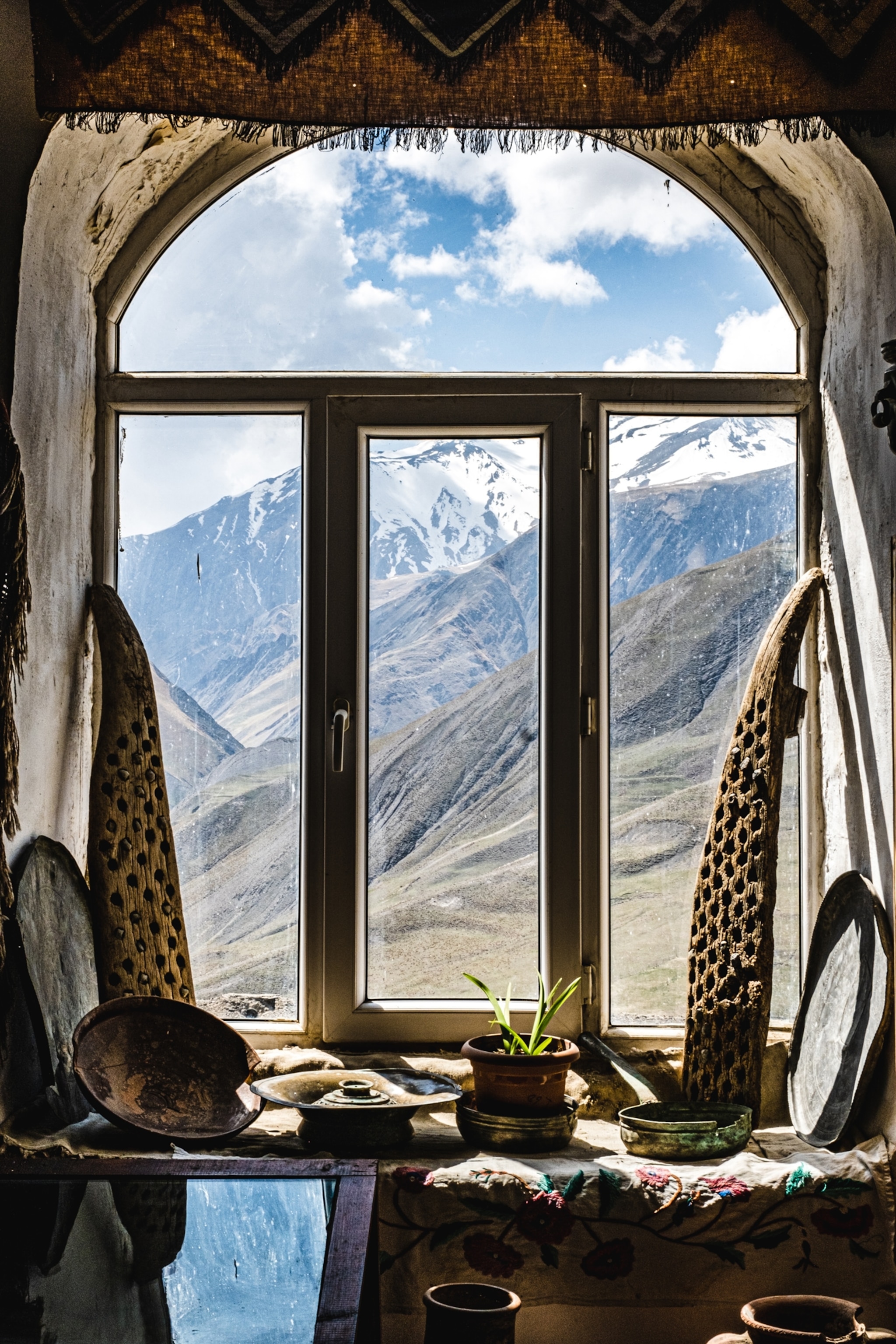
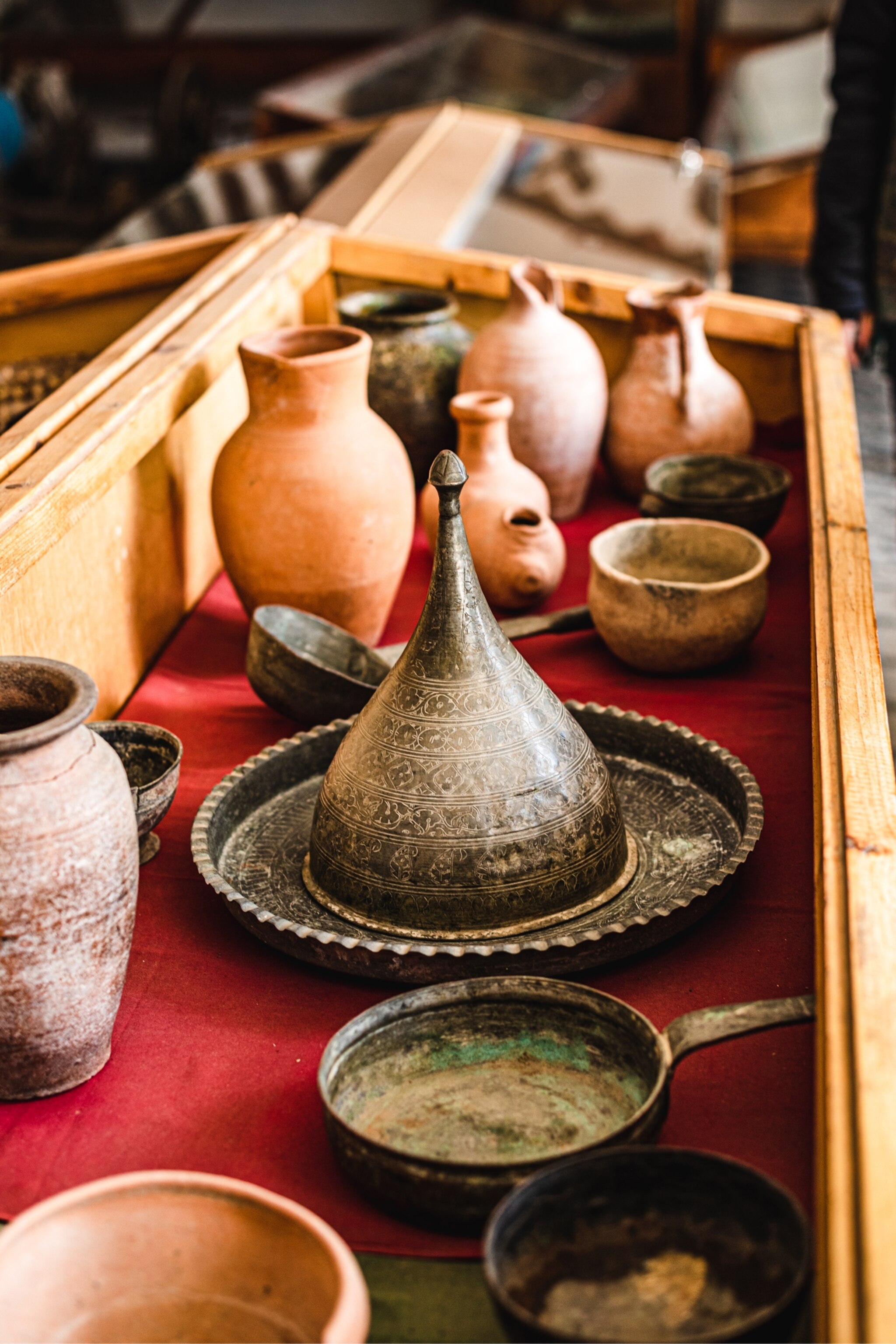
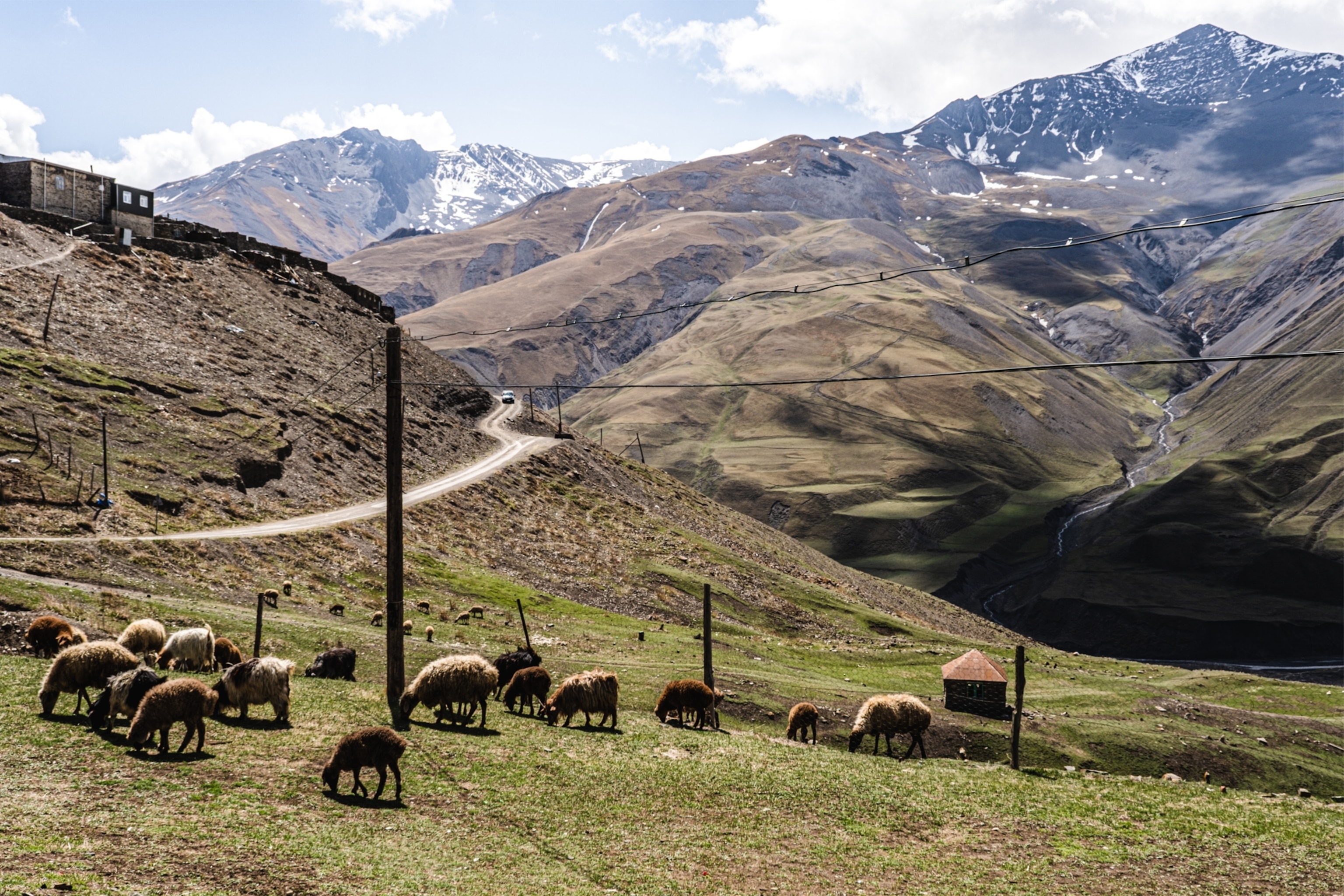
Azerbaijan Airways (AZAL) operate flights between Baku's Heydar Aliyev International Airport and Heathrow. Driving from Baku to Khinalig takes just under four hours, with the road journey from nearby Guba taking approximately 90 minutes. For more about visiting this destination, go to azerbaijan.travel
